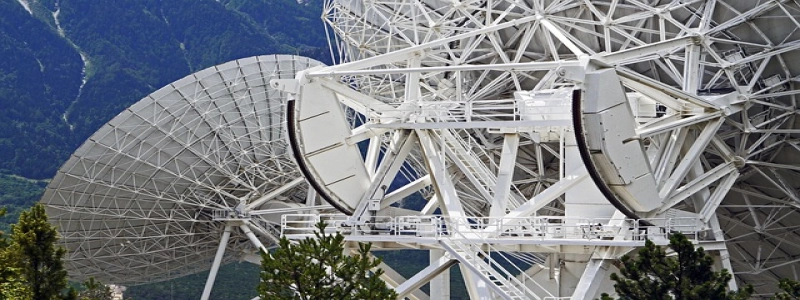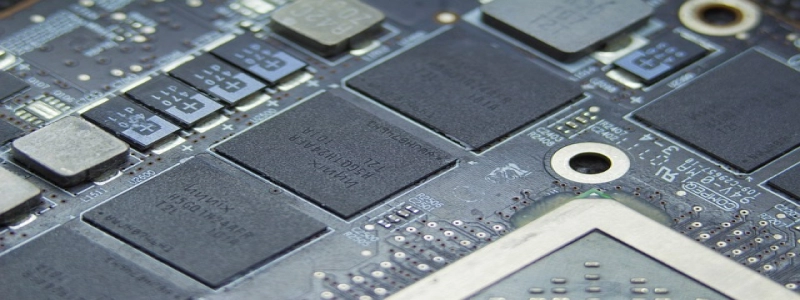CNC Controller Ethernet
Introduction:
CNC (Computer Numerical Control) technology has revolutionized the manufacturing industry by automating various machining processes. The CNC controller is a critical component of CNC machines as it acts as the brain that controls the movement of the machine tools. In recent years, the integration of Ethernet connectivity into CNC controllers has brought significant advancements in terms of communication, data transfer, and control capabilities.
I. Understanding CNC Controller Ethernet
1.1 What is CNC Controller Ethernet?
CNC Controller Ethernet refers to the use of Ethernet connectivity in CNC machines to enable communication between the controller and other devices, such as computers, servers, and sensors. It allows for the transfer of control signals, data, and programs over a network, enhancing overall productivity and flexibility in manufacturing processes.
1.2 Advantages of CNC Controller Ethernet
– Faster data transfer: Ethernet offers high-speed data transfer capabilities, allowing for quick and reliable communication between the CNC controller and other devices. This ensures efficient coordination and synchronization of machining operations.
– Increased flexibility: With Ethernet connectivity, CNC machines can be easily integrated into existing networks, enabling seamless data exchange with other machines, servers, or computer systems. This promotes enhanced collaboration and automation in manufacturing processes.
– Remote monitoring and control: Ethernet-based CNC controllers allow for remote monitoring and control of machines. Operators can access and manage the controller’s functions from a central location, enabling real-time analysis, troubleshooting, and adjustments, even from a different geographical location.
– Enhanced data management: Ethernet connectivity enables the seamless transfer of cutting programs, tooling data, and feedback from sensors, promoting better data management and analysis. This allows for improved process optimization, quality control, and productivity in CNC operations.
II. Implementation of CNC Controller Ethernet
2.1 Ethernet Hardware
To implement CNC Controller Ethernet, specific hardware components are required. These may include Ethernet interface cards or modules, Ethernet switches, and cables capable of transmitting data at high speeds. These components facilitate the connection between the CNC controller and the network infrastructure.
2.2 Software Integration
CNC Controller Ethernet requires suitable software integration for seamless communication and control. The software can include protocols such as TCP/IP (Transmission Control Protocol/Internet Protocol) for data transfer and Ethernet/IP for industrial automation applications. Additionally, appropriate drivers and programming interfaces are needed to ensure compatibility between the CNC controller and the network environment.
III. Applications of CNC Controller Ethernet
3.1 Industrial Automation
CNC machines with Ethernet connectivity are extensively used in industrial automation processes. They can be easily integrated into the overall manufacturing network, enabling seamless data exchange for process control, monitoring, and analysis. Ethernet-based CNC controllers are particularly beneficial in large-scale production environments where multiple machines need to be synchronized.
3.2 Remote Machine Monitoring and Maintenance
CNC Controller Ethernet allows for remote monitoring and maintenance of CNC machines. Operators can access machine status, production data, and diagnostics remotely, enhancing troubleshooting and minimizing downtime. Additionally, software updates and parameter changes can be performed remotely, simplifying maintenance tasks.
3.3 Data Analysis and Optimization
With CNC Controller Ethernet, data collected from sensors, process variables, and machine feedback can easily be transferred for analysis and optimization. Machine performance, tool life, and process efficiency can be assessed in real-time, leading to proactive decision-making and process improvements.
Conclusion:
CNC Controller Ethernet has revolutionized CNC machining processes, offering faster data transfer, increased flexibility, remote control capabilities, and enhanced data management. The integration of Ethernet connectivity in CNC controllers enables seamless communication, collaboration, and automation in industrial environments. As manufacturing industries continue to evolve, CNC Controller Ethernet will play a crucial role in enabling advanced manufacturing capabilities and improved productivity.








